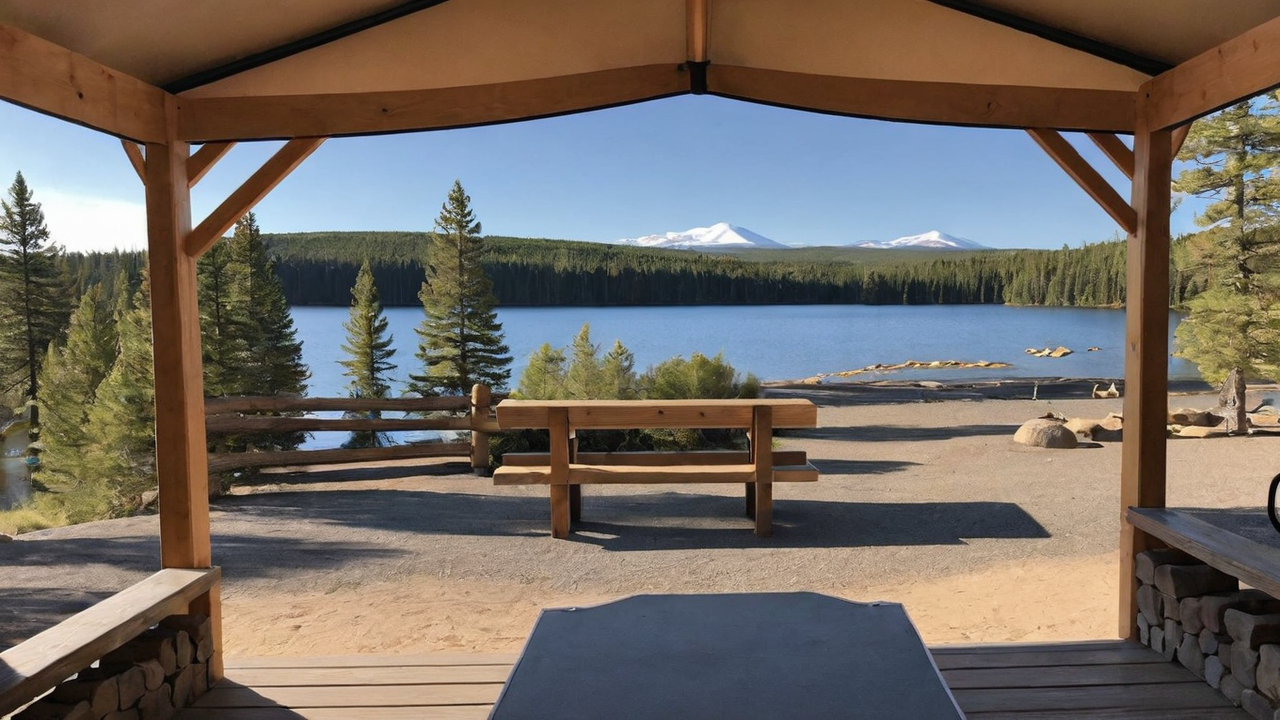
Utilizing Geographic Information Systems for Improved Campground Configurations
Integrating GIS into campground management software transforms the way campsites are planned and managed. By leveraging precise geographical data, administrators can enhance the layout for better accessibility and guest satisfaction. This integration allows for the design of detailed site maps that incorporate natural landscapes, maximizing the use of space while preserving the environment.
The capability to visualize and adjust the campground configuration in real-time offers a significant advantage in planning and development. Precise GIS data assists in locating ideal locations for amenities, ensuring they are both reachable and ecologically sustainable. This approach not just improves guest contentment but also contributes to a reduced environmental footprint.
Simplifying Reservation Processes with GIS
By integrating GIS into campground reservation software, providers offer a more interactive booking process for campers. Guests can choose their preferred sites based on real-time geographical data, including proximity to facilities and picturesque views. This degree of precision in site choice significantly improves planning and satisfaction for campers.
Furthermore, this technology cuts down the likelihood of overbooking and clashes among reservations. Accurate GIS data ensures that each site is accurately mapped, with clear boundaries, thus making a smoother reservation process. This effectiveness not only saves time for campground managers but also boosts the overall customer satisfaction.
Enhancing Security and Emergency Response with GIS
Incorporating GIS into campground management software greatly enhances safety and emergency preparedness. Detailed site maps permit for precise location of emergency services like fire stations, medical points, and evacuation routes. This accessibility to critical information can significantly accelerate reaction times in critical situations, potentially preserving lives.
Moreover, GIS data can be used to spot areas susceptible to natural hazards such as flooding or wildfires, enabling for the development of proactive safety measures. By this approach, campground managers can implement precautionary measures and alert guests of potential risks, thus ensuring a safer camping experience for everyone.
Maximizing Amenity Allocation Through GIS
GIS technology enables campground operators to effectively allocate resources across the site. By analyzing geographical data, they can identify the most optimal placements for facilities such as restrooms, picnic areas, and playgrounds. This guarantees that all guests have easy access to facilities, enhancing their overall satisfaction.
Additionally, GIS can assist in monitoring the usage of natural resources, promoting sustainable practices within the campground. Through accurate mapping, campsites can prevent overuse of sensitive areas, supporting in conservation efforts and maintaining the beauty and health of the landscape.
Increasing Visitor Engagement with Interactive GIS Features
Interactive GIS maps enhance guest engagement by offering an immersive exploration of the campground before they arrive. Guests can explore different sites, view photos, and read about nearby attractions directly through the site’s webpage. This pre-arrival engagement starts the guest experience on a positive note, increasing anticipation and satisfaction.
Moreover, these interactive features may act as a resource throughout the stay, providing real-time information on weather conditions, upcoming events, and available services. This accessibility guarantees that guests remain updated and are able to completely experience their outdoor experience.
Facilitating Environmental Sustainability with GIS
GIS integration in campground management software plays a crucial role in promoting environmental sustainability. Accurate mapping enables for thoughtful planning and conservation of environmental resources, reducing anthropogenic footprint on the landscape. Such tools facilitate to monitor and manage ecosystems, water bodies, and vegetation, ensuring their preservation for future generations.
Furthermore, by leveraging environmental GIS data, campsites can identify regions ideal for renewable energy installations or other eco-friendly projects. This strategy not only enhances the campground’s environmental stewardship but also reduces operational costs, showing a commitment to protecting the natural world.
Incorporating Local Knowledge into Campsite Development with GIS
GIS technology enable campground operators to integrate local knowledge into campsite development. By engaging with community members, managers can gain a deeper understanding of the landscape and its historical importance. Such collaboration guarantees that campgrounds are planned with respect for community values and heritage, enriching the guest experience.
Moreover, this cooperation assists in identifying distinct opportunities for campground experiences and attractions that showcase the local culture and landscape. Incorporating community perspectives into the planning process not only improve the genuineness of the campground but also strengthens relationships with the surrounding populace, creating a positive effect for all parties.
Adapting to Changing Visitor Expectations with Dynamic GIS Information
The world of outdoor hospitality is always changing, with guest demands getting more sophisticated. Using dynamic GIS data allows campground managers to quickly adapt to these shifts by updating amenities and services to meet contemporary demands. This agility ensures that campgrounds remain attractive and competitive in a rapidly changing market.
Additionally, the capability to gather and interpret guest feedback through GIS-based applications means campground managers can constantly refine their offerings. Tailoring the outdoor adventure to meet specific preferences not only increases guest contentment but also promotes return visits, driving the success of the campground in the long term.
learn more